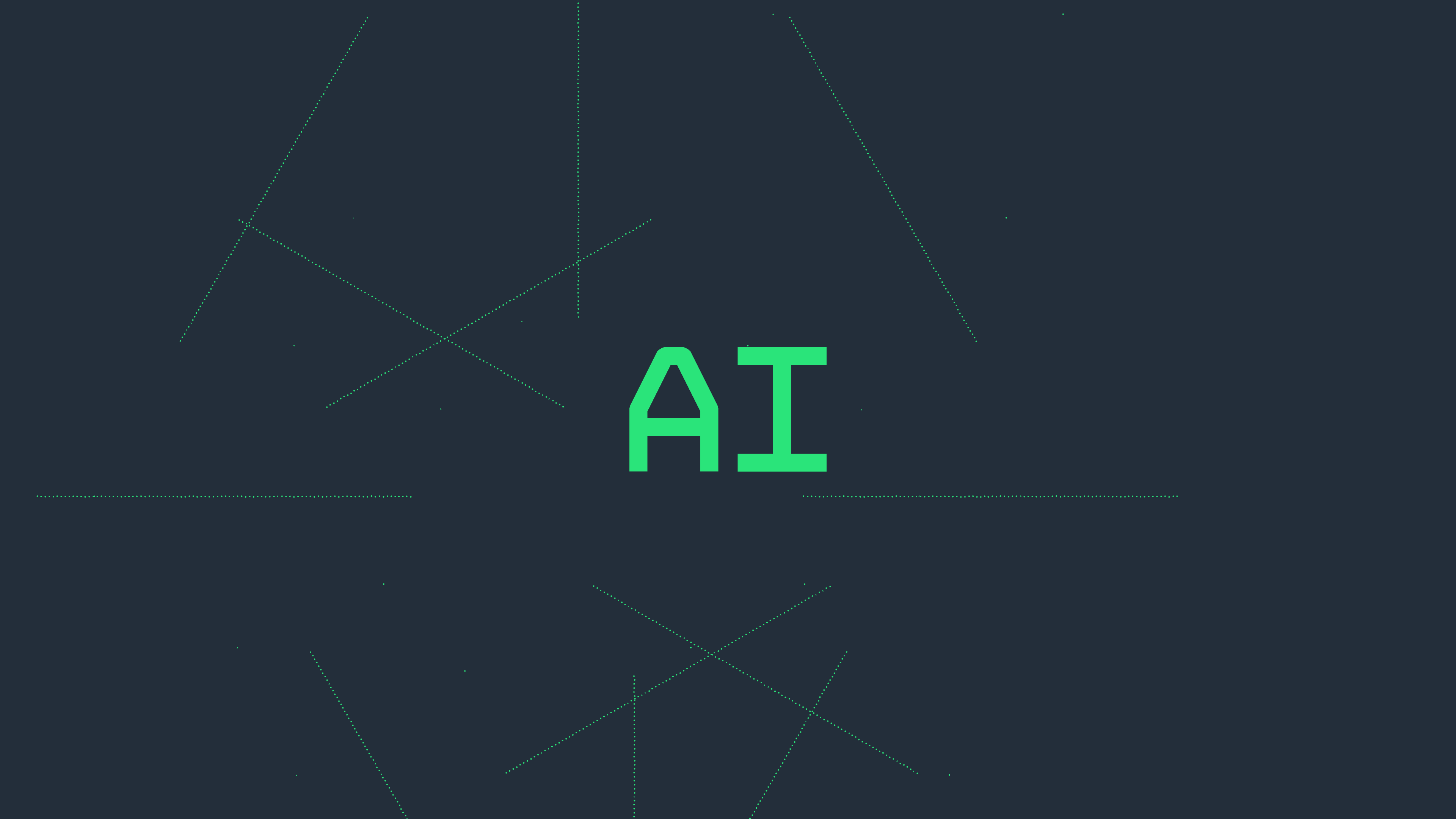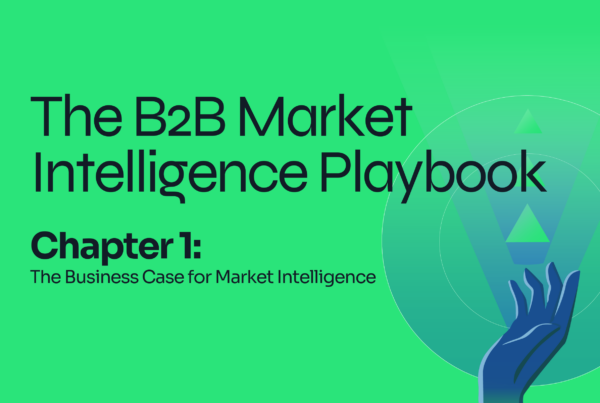
Artificial Intelligence is accelerating change across the globe. Whilst the term may conjure up futuristic images of robotics and self-driving cars, the reality is that AI is also improving everyday processes within organisations through application in business intelligence. Business intelligence utilises technology to analyse business information, delivering actionable insights that help organisations make better-informed business decisions. With this foresight, organisations can predict and prepare for emerging trends, opportunities, risks and disruptions, which have the potential to make or break industries.
Businesses survive on the quality, depth, and speed of information. However, the advent of the internet has made data fragmented, hard to find and almost impossible to interpret. There are many difficulties in obtaining beneficial insight from traditional structured data, with limited datasets accessible without technology such as AI-powered web crawling software. Artificial Intelligence holds the key to helping businesses harness the power of the internet.
The application of AI in business intelligence includes areas such as data processing, business analytics, dashboards and visualisations – aiding the role of a business intelligence analyst. One key benefit is helping to understand data types such as big data and unstructured data. As AMPLYFI’s Dr. Lee Eccleshare details in the whitepaper ‘Extracting Insight from Unstructured Data’, unstructured data in a corporate environment can take the form of images, videos, text-rich documents covering internet pages, earnings reports, company emails, instant messages, PDFs, internal reports, CRM data, patents, academic journals and social media feeds. Using traditional methods, this data can be overwhelming and hard to compute. As far back as 2011, IBM were approximating that 2.5 quintillion bytes of data were being created every day. Out of this unimaginably large pool of data, academic literature reports that up to 95% is stored in unstructured and non-uniform formats and, in the corporate environment, only 2% of this data is ever touched again after being saved for the first time. With the amount of data being produced growing at an ever-increasing rate, traditional curation and analytic tools have fallen behind the rising tide of unstructured data. If organisations want to stay ahead of competitors they must leverage the new generation of AI-led business intelligence solutions.
Subsets of AI such as machine-driven analysis, machine learning and natural language processing are often used in business intelligence technologies. Whilst the term business intelligence was first coined decades ago, it has massively evolved and accelerated in this time – with 3 different recognised eras to date since the 1990s. Currently we are in what is known as Business Intelligence 3.0, which started in the 2010s. AI has accelerated this growth, in recent years making business intelligence more accessible to companies wanting to utilise data to stay ahead of the curve and gain competitive advantage.
At AMPLYFI, we have developed a business intelligence platform that uses data science and machine learning to access the deep web. Utilising AI delivers unique insights by connecting structured and unstructured data at scale to uncover previously hidden links, trends, and opportunities. Our platform can “read & analyse” millions of documents a day, powering thousands of decisions through even the most disruptive market conditions. Technologies such as AMPLYFI’s are leading the way in the advancement of AI in business intelligence, utilising data to generate actionable insights.








